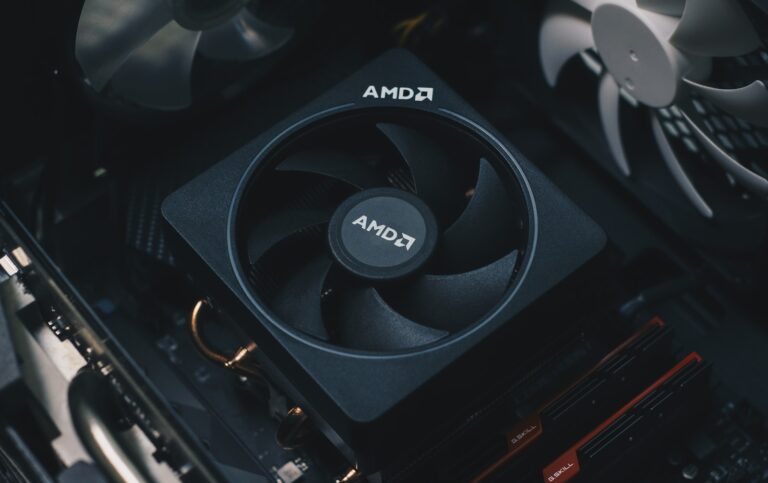The X3D processors from the company will be available later in the year, coinciding with Intel’s debut of Arrow Lake.
AMD is now working hard on the development of its Zen 5 Ryzen CPUs, and Intel is working hard on its Arrow Lake architecture. Both companies are slated to deliver brand-new architectures this year. It is expected that Zen 5 will be released in September of this year, given that AMD typically follows a two-year cadence. However, a fresh rumour suggests that AMD has rescheduled the debut of Zen 5 to take place in April than September. In the latter part of this year, it will follow up with the X3D processors, which will come just in time to undermine Intel’s debut of the Arrow Lake computing platform. This is a really astute technique that appears to be geared to extract the maximum punishment possible on its competitor.
A Twitter and YouTube account that maintains a regular posting schedule regarding incoming silicon is the source of the information regarding AMD’s impending plans. According to High Yield, there will not be any significant alterations made to the architecture of AMD’s next-generation processor, which will be referred to as Ryzen 9000. All of the major specifications from Zen 4 will remain the same, according to their leaked specifications, which hint that AMD will employ TSMC 4nm silicon. It will continue to achieve a maximum of sixteen cores, utilise the same 6nm I/O die, maintain the same chiplet design, and provide clock speeds that are comparable. It is expected to achieve a “double-digit” increase in IPC over Zen 4, which is between 10 and 20%, according to the source, despite the fact that it does not contain any significant changes.
The best desktop central processing units (CPUs) for Zen 5 are rumoured to be launched by AMD in April, which is well ahead of schedule. Taking advantage of the lack of enthusiasm for Intel’s Raptor Lake upgrade, which has put the business in a vulnerable position due to the fact that it is an unimpressive product cycle for Intel, appears to be the logic behind this decision. It is also rumoured that AMD will introduce its X3D processors later in the year in order to steal the thunder from Intel’s launch of its Arrow Lake central processing unit. Consequently, this would indicate that we would most likely see them around the month of September, with Intel’s CPUs following closely behind.
Other famous tech leakers have challenged this launch date, claiming that AMD would follow the same cycle as it did with Zen 4 by launching conventional chips later this year, followed by X3D at CES 2025. It is believed that AMD will follow the same cycle as it did with Zen 4. The next-generation AM5 chipset is another issue that is not covered in this most recent roundup. According to reports, it will not be available any time soon, and it may not even be available at all. Existing X670 and B650 motherboards will be used instead because the input/output (I/O) is not going to be altered. The rates of DDR5 RAM will continue to increase until they reach DDR5-6400, but that is about it.
As a result, everything appears to be a little underwhelming. We had anticipated that AMD would make a node jump from TSMC 5nm to 3nm, but given the timing and the likely cost, it is possible that this has not yet occurred. It is also possible that AMD will use TSMC 4nm in order to save some money, and it is not as if the company requires something that is truly next-generation in order to compete with the Raptor Lake upgrade.
A tile-based design, backside power delivery, and the use of Intel 20A with RibbonFET transistors are some of the distinguishing characteristics of Arrow Lake, which is a new kettle of fish. For the time being, it is unknown whether or not X3D will be able to have its meal. The V-Cache chips manufactured by AMD, on the other hand, have consistently outscored those manufactured by Intel in games while consuming less power. As a result, we anticipate AMD to steal the thunder from Intel later this year, even with a “refresh” of its own.

